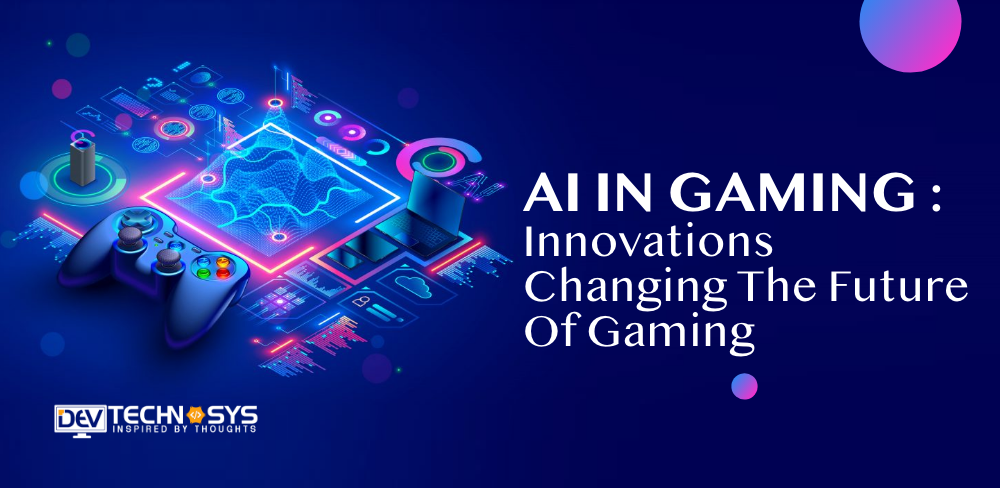The Future of Gaming: Exploring the Evolving Landscape of Free-to-Play Games in 2025
Related Articles: The Future of Gaming: Exploring the Evolving Landscape of Free-to-Play Games in 2025
Introduction
With enthusiasm, let’s navigate through the intriguing topic related to The Future of Gaming: Exploring the Evolving Landscape of Free-to-Play Games in 2025. Let’s weave interesting information and offer fresh perspectives to the readers.
Table of Content
The Future of Gaming: Exploring the Evolving Landscape of Free-to-Play Games in 2025

The gaming industry is in a constant state of flux, driven by technological advancements, evolving player preferences, and the ever-present pursuit of innovative experiences. One of the most significant shifts in recent years has been the rise of free-to-play games, a model that has revolutionized how players engage with and experience video games. As we look towards 2025, it is crucial to understand the evolving landscape of free-to-play gaming and its impact on the future of the industry.
Understanding the Free-to-Play Model:
The free-to-play (F2P) model, also known as "free-to-start" or "play-for-free," allows players to access and experience a game without any upfront cost. Revenue is generated through various monetization strategies, such as in-game purchases, subscriptions, or advertising. This model has proven to be highly successful, attracting a vast audience and generating significant revenue for game developers.
The Drivers of Free-to-Play Growth:
Several factors contribute to the ongoing growth of the free-to-play model:
- Accessibility: The primary driver of the F2P model’s success is its accessibility. By eliminating the barrier of entry associated with purchasing a game, free-to-play games open up the gaming world to a broader audience, including casual players, budget-conscious individuals, and those who are new to gaming.
- Mobile Gaming: The rise of mobile gaming has significantly contributed to the popularity of free-to-play games. The convenience and portability of mobile devices make them ideal platforms for casual gaming, and the F2P model is perfectly suited to this market.
- Monetization Strategies: Developers have become increasingly sophisticated in their monetization strategies for free-to-play games. From cosmetic items to in-game currency, the options for players to spend money are vast and varied. This allows developers to generate revenue while still providing a core gameplay experience that is free to access.
- Competitive Landscape: The competitive landscape of the gaming industry is fierce, with developers constantly striving to attract and retain players. Free-to-play games offer a cost-effective way for developers to reach a wider audience and compete with established titles.
The Future of Free-to-Play Games in 2025:
As we approach 2025, several key trends are likely to shape the future of free-to-play games:
- Enhanced Monetization: The monetization strategies employed in free-to-play games will continue to evolve, becoming more sophisticated and player-centric. This could involve personalized offers, dynamic pricing, and even more immersive in-game experiences that enhance the core gameplay loop.
- Cross-Platform Play: Cross-platform play is becoming increasingly common, allowing players on different platforms to interact and play together. This trend is likely to continue, further expanding the reach and appeal of free-to-play games.
- Esports Integration: Free-to-play games are already a significant force in the esports scene, and this trend is likely to intensify in the coming years. Developers will continue to integrate esports elements into their games, creating opportunities for competitive play and attracting a new generation of players.
- Emerging Technologies: The integration of emerging technologies, such as virtual reality (VR) and augmented reality (AR), will open up new possibilities for free-to-play games. These technologies can create immersive and engaging experiences that can further enhance the appeal of the free-to-play model.
- Focus on Player Engagement: Free-to-play games will increasingly focus on player engagement and retention. This will involve creating compelling gameplay loops, fostering a sense of community, and providing regular updates and content to keep players invested.
The Importance of Free-to-Play Games:
The free-to-play model has had a profound impact on the gaming industry, offering numerous benefits to both players and developers:
- Increased Accessibility: The free-to-play model has made gaming more accessible to a wider audience, breaking down barriers to entry and allowing players from all walks of life to enjoy the world of video games.
- Innovation and Experimentation: The F2P model encourages innovation and experimentation, as developers are free to explore new gameplay mechanics, genres, and monetization strategies without the risk associated with traditional paid games.
- Growth of the Gaming Industry: The rise of free-to-play games has contributed to the explosive growth of the gaming industry, attracting new players and expanding the market reach of video games.
Frequently Asked Questions (FAQs) about Free-to-Play Games:
Q: Are free-to-play games truly free?
A: While free-to-play games are free to download and play, they often offer in-game purchases that can be used to enhance the gameplay experience. However, these purchases are entirely optional, and players can enjoy the core gameplay without spending any money.
Q: Are free-to-play games pay-to-win?
A: The concept of "pay-to-win" refers to games where players who spend money can gain a significant advantage over those who do not. While some free-to-play games have been criticized for pay-to-win mechanics, many developers prioritize fair gameplay and balance.
Q: How do free-to-play games make money?
A: Free-to-play games generate revenue through various monetization strategies, including:
- In-app purchases: Players can purchase virtual items, currency, or other enhancements.
- Subscriptions: Players can subscribe to access premium content or features.
- Advertising: Games can display ads to generate revenue.
Q: What are the downsides of free-to-play games?
A: Some potential downsides of free-to-play games include:
- Monetization pressure: The focus on monetization can sometimes lead to intrusive advertising or aggressive in-app purchase prompts.
- Potential for imbalance: Some free-to-play games can become unbalanced if players who spend money gain an unfair advantage.
- Addiction risk: The design of some free-to-play games can be addictive, leading to excessive spending.
Tips for Playing Free-to-Play Games:
- Set a budget: Before you start playing, decide how much you are willing to spend on in-game purchases.
- Focus on core gameplay: Enjoy the core gameplay experience without feeling pressured to spend money.
- Be wary of microtransactions: Avoid impulsive purchases and carefully consider the value of in-game items.
- Read reviews and player feedback: Look for reviews and feedback from other players to get a sense of the game’s monetization practices.
- Take breaks: It’s important to take breaks from playing free-to-play games to avoid getting caught up in the cycle of spending.
Conclusion:
The free-to-play model has fundamentally reshaped the gaming landscape, making video games accessible to a broader audience and driving innovation within the industry. As we look towards 2025, it is clear that free-to-play games will continue to evolve, becoming more sophisticated, immersive, and engaging. By understanding the evolving trends and adopting responsible gaming practices, players can enjoy the benefits of this dynamic model while minimizing potential downsides. The future of gaming is bright, and free-to-play games are poised to play a central role in shaping the experiences of players around the world.








Closure
Thus, we hope this article has provided valuable insights into The Future of Gaming: Exploring the Evolving Landscape of Free-to-Play Games in 2025. We thank you for taking the time to read this article. See you in our next article!